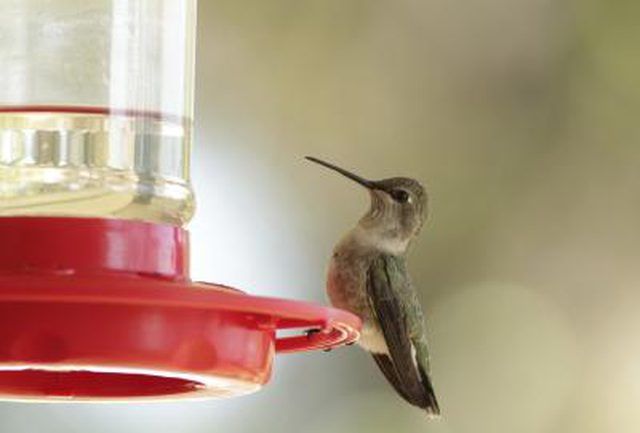Bulbs
Flower Basics
Flower Beds & Specialty Gardens
Flower Garden
Garden Furniture
Garden Gnomes
Garden Seeds
Garden Sheds
Garden Statues
Garden Tools & Supplies
Gardening Basics
Green & Organic
Groundcovers & Vines
Growing Annuals
Growing Basil
Growing Beans
Growing Berries
Growing Blueberries
Growing Cactus
Growing Corn
Growing Cotton
Growing Edibles
Growing Flowers
Growing Garlic
Growing Grapes
Growing Grass
Growing Herbs
Growing Jasmine
Growing Mint
Growing Mushrooms
Orchids
Growing Peanuts
Growing Perennials
Growing Plants
Growing Rosemary
Growing Roses
Growing Strawberries
Growing Sunflowers
Growing Thyme
Growing Tomatoes
Growing Tulips
Growing Vegetables
Herb Basics
Herb Garden
Indoor Growing
Landscaping Basics
Landscaping Patios
Landscaping Plants
Landscaping Shrubs
Landscaping Trees
Landscaping Walks & Pathways
Lawn Basics
Lawn Maintenance
Lawn Mowers
Lawn Ornaments
Lawn Planting
Lawn Tools
Outdoor Growing
Overall Landscape Planning
Pests, Weeds & Problems
Plant Basics
Rock Garden
Rose Garden
Shrubs
Soil
Specialty Gardens
Trees
Vegetable Garden
Yard Maintenance
When to Put Out Hummingbird Feeders
When to Put Out Hummingbird Feeders. Every spring, bird enthusiasts all over the United States await the arrival of migratory hummingbirds. Most hummingbirds spend winters in Central America before winging their way north for warmer months. Because southern U.S. states are typically the first to see hummingbirds each year, the ideal time to put out...

Every spring, bird enthusiasts all over the United States await the arrival of migratory hummingbirds. Most hummingbirds spend winters in Central America before winging their way north for warmer months. Because southern U.S. states are typically the first to see hummingbirds each year, the ideal time to put out your hummingbird feeders depends on where you live.
Clean hummingbird feeders about once each month to prevent mold growth and to keep the nectar from spoiling.
Eastern Hummingbird Migration
Precise timing for putting out hummingbird feeders in the eastern United States varies by year. Typically, though, hang the feeders two weeks ahead of hummingbirds' migration north in anticipation of their arrival. The ruby-throated hummingbird is generally the only hummingbird species that appears in the eastern states, though sightings of other species are occasionally reported. Ruby-throated hummingbirds' annual migration is widespread from the Eastern Seaboard to the Great Plains. The earliest sightings take place as early as late February along the Gulf of Mexico, but they don't appear in great numbers until March.
By the end of March, ruby-throated hummingbirds make their way north into states such as North Carolina, Tennessee and Arkansas, continuing through April into Virginia, Maryland, West Virginia, Ohio and Illinois. Hummingbirds often do not appear in New England, the parts of Midwest or Canada until May. The Annenberg Foundation publishes an online map every year that tracks sightings of hummingbirds as they travel northward across the United States.
Hummingbirds Out West
The western states are home to a much more diverse assortment of hummingbirds, including the rufous hummingbird, Anna's hummingbird, Allan's hummingbird, Costa's hummingbird, black-chinned hummingbird, Calliope hummingbird and broad-tailed hummingbird. The diversity of species in the West makes it more difficult to pinpoint the precise time to put out hummingbird feeders.
Migratory hummingbirds often appear along the Mexican Border and California coast at the beginning of March and gradually make their way northward and farther inland. Late-March sightings are common throughout the Rocky Mountains and Pacific Northwest, and hummingbirds appear in the northern Plains by April. As in the East, putting out hummingbird feeders two weeks ahead of the birds' expected arrival will ensure that their food will be ready when they get there.
Year-Round Residents
Most hummingbirds head south and leave the United States in autumn, but a few of the warmest regions harbor year-round populations. According to the Cornell Lab of Ornithology's website All About Birds, a few ruby-throated hummingbirds linger along the Gulf Coast and parts of Florida through winter. A handful of hummingbird species, including Anna’s hummingbird, stay in the desert Southwest and along the Pacific Coast. If you live in these areas, then hummingbirds may be at your feeders year-round.
Removal Time for Feeders
The time of year migratory hummingbirds return south is just as variable as when they head north. At the northernmost end of their range, some hummingbirds start making their way south as early as July or August. Early fall is often the time when hummingbirds are most commonly seen in the eastern states because that is when they head south in vast numbers. Most hummingbirds leave the United States by October or November. As a general rule, take down hummingbird feeders once you've gone two weeks without seeing a hummingbird at them.
Common myth holds that leaving feeders out late will delay hummingbird migration, but as the Audubon California website points out, hummingbirds head south based on instinct, weather patterns and the availability of insects -- their main food source. Leaving hummingbird feeders out late in the season does not have any harmful effect on the birds' migration patterns.